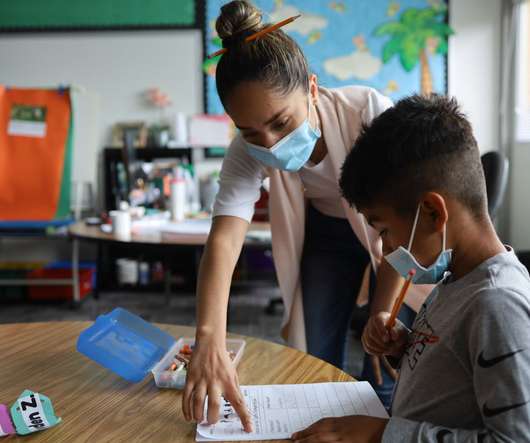Three lessons from rigorous research on education technology
The Hechinger Report
SEPTEMBER 25, 2017
The researchers at the Abdul Latif Jameel Poverty Action Lab ( J-PAL ), an organization inside the economics department of the Massachusetts Institute of Technology, scoured academic journals, the internet and evaluation databases and found only 113 studies on using technology in schools that were scientifically rigorous.




















Let's personalize your content